Humidity control is crucial in a grow room. That’s true whether you’re starting seedlings, rooting cuttings, or drying.
When humidity rises above 60%, you can experience mold, mildew, and other unwanted biological growth. Plus, high humidity can prevent plants from properly taking in CO2, which limits photosynthesis and growth.
Now’s the time to figure out your Vapor Pressure Deficit.
What is VPD?
The Vapor Pressure Deficit (VPD) is essentially a measurement of the air’s ability to absorb moisture, which is related to your plants’ ability to absorb and let out moisture. Of course, these are critical for the proper growth and long-term viability of plants.
VPD is largely determined by the temperature and relative humidity in an environment. As the temperature goes up and the relative humidity goes down, the air’s ability to absorb moisture increases.
We’ll avoid getting too far into the technical aspects of VPD for now. (If you want to learn more, check out this article. We’re focused on providing you ways to achieve the VPD you want for your grow room.
Finding the Right VPD
So what’s the optimal VPD? There’s no end-all answer to this question, and you’ll need to determine what’s best for your specific grow room and the plants you have inside of it.
To keep it simple, you want to create a “sweet spot” where the air is just warm enough and just dry enough to encourage maximum, healthy growth.
“That’s where we’re uniquely positioned,” said Randy Lenz, Senior Applications Engineer for Anden. “We make dehumidifiers and humidifiers, so we can give you any temperature and relative humidity you want, and any vapor pressure deficit you want.”
(“Within reason, of course,” he added.)
There are several resources available online for helping determine what VPD is right for your grow. You can also ask a fellow grower what has worked for them.
And remember, it’s normal to do some trial and error when finding optimal temperature and humidity levels, so it’s important to have tight control over the conditions in your environment.
Know more. Grow more.
Have a question? Need help getting started? Give us a call at 1-800-972-3710 or drop us a line.
